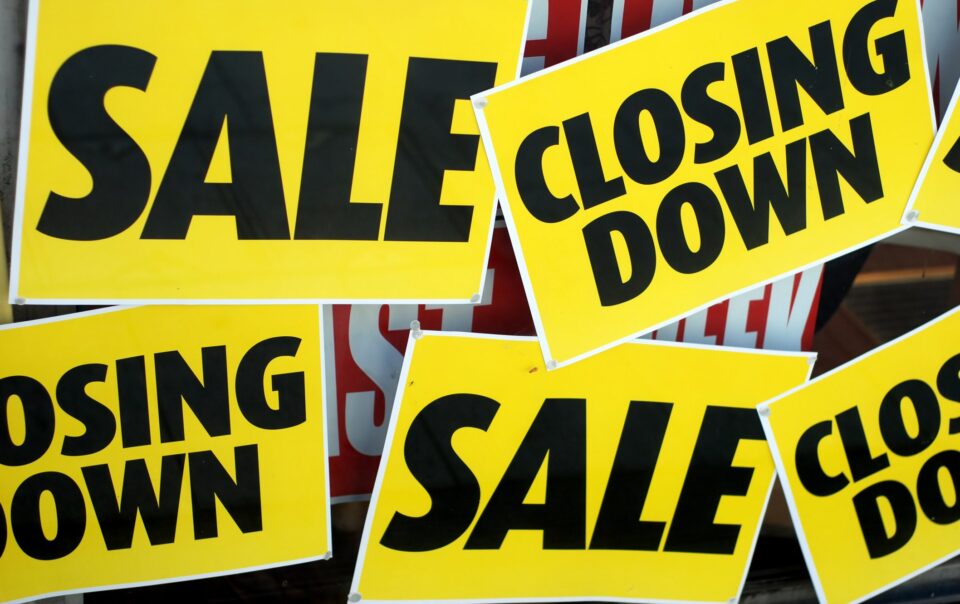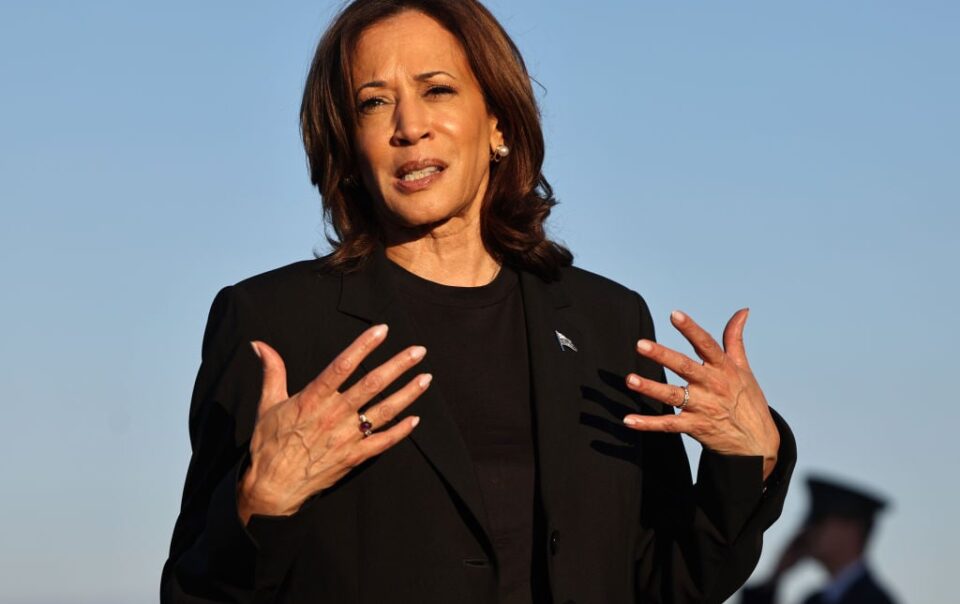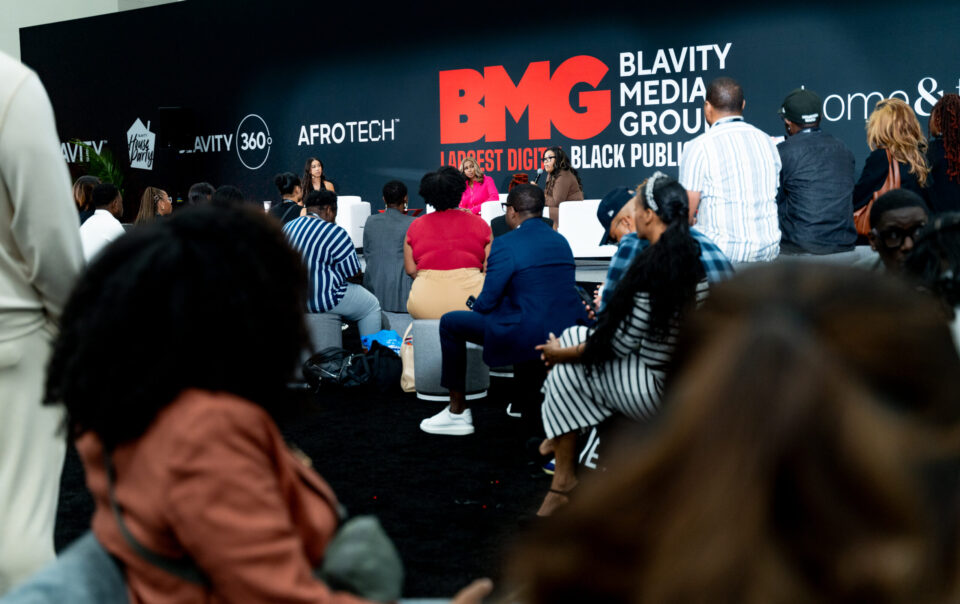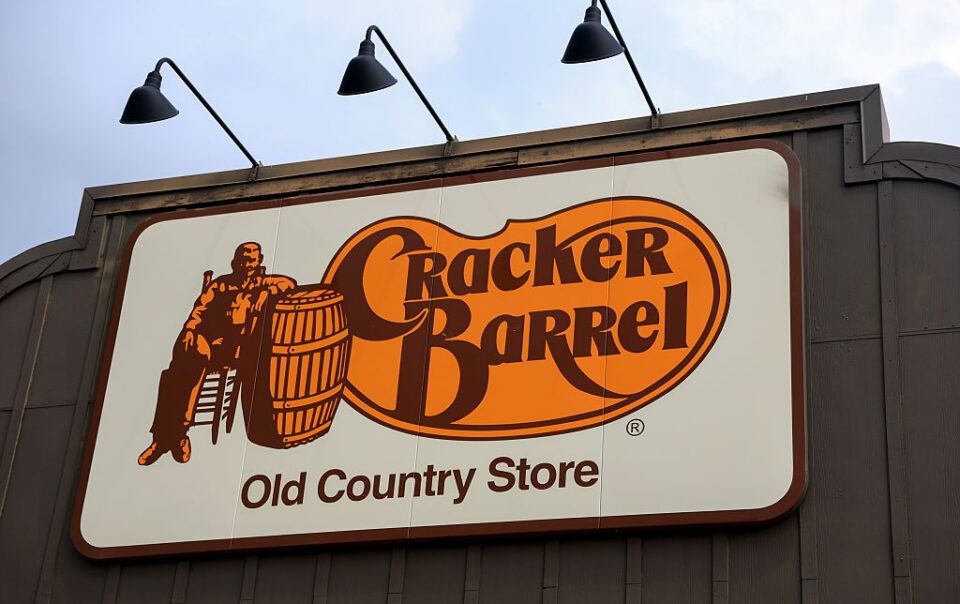Over 70 years after Emmett Till was brutally murdered in Mississippi, one of his relatives is seeking to represent the state in the U.S. Senate.
Priscilla Williams-Till recently launched her campaign to unseat Cindy Hyde-Smith, citing the Republican senator’s “public hanging” joke as a reason for her candidacy.
Williams-Till continues social justice campaign with Senate run
Williams-Till, a distant cousin of the slain teen, is the founder of the Emmett Till Justice for Families Foundation, which pushes for investigation of potential hate crime cold cases and operates in affiliation with the Emmett Till Legacy Foundation. She announced her candidacy to represent Mississippi in the Senate in next year’s election, framing her campaign in terms of justice.
[embedded content]
She said in announcing her Senate race, “I am running for United States Senator to help shape and enact laws that promote social justice and civil rights protections at a National level in Mississippi,” adding, she wants “to ensure that the perspectives and needs of our communities are represented with the federal government contributing to a more inclusive political dialogue.”
If she wins, Williams-Till would be the first Black senator from Mississippi since the Reconstruction era, and she would represent the state where her cousin was murdered, a crime for which no one was legally punished.
Seeking to unseat a controversial Republican in a conservative state
If Williams-Till wins the Democratic nomination, she would run in the general election against Republican incumbent Sen. Cindy Hyde-Smith, who has represented the state since 2018. That year, Hyde-Smith made a controversial statement at a campaign event, joking about a cattle rancher who supports her that “If he invited me to a public hanging, I’d be on the front row.”
During the period 1877-1950, Mississippi had more documented lynchings than any other state, with over 600 people murdered in mob violence.
Williams-Till cites Hyde-Smith’s joke, for which the senator later apologized, as one of the motivations for running for the seat.
Running as a Democrat in a heavily red state, Williams-Till has expressed a mixture of liberal and conservative policy positions. She supports investigating police misconduct, expanding Medicaid in Mississippi and supporting abortion rights. Williams-Till says she opposes transgender athletes participating in women’s sports. In terms of foreign policy, she supports the U.S. sending weapons to both Israel and Ukraine amid the ongoing conflicts involving the countries.
Seventy years after Emmett Till’s killing sparked a movement
Williams-Till’s candidacy comes just after the 70th anniversary of the murder of Emmett Till, a 14-year-old Black teenager from Chicago who was kidnapped and brutally killed by two white men, Roy Bryant, Jr. and J.W. Milam, while visiting relatives in Mississippi. The men brutalized and killed Till based on a false accusation that he had harassed the wife of one of the men in a store. An all-white jury acquitted the two men who later admitted to killing Till in a magazine interview.
Carolyn Bryant Donham, who made the false accusation that she later recanted, was never charged with a crime in connection with Till’s death.
The U.S. National Archives recently published thousands of pages of documents related to the Till case, which helped spark the Civil Rights Movement and ultimately led to the passage of federal anti-lynching legislation.
Now, a relative of Till who has pursued social justice in his name is seeking to head to Washington, D.C., to represent Mississippi and promote justice nationwide. Mississippi voters will elect their senator in the primary election on March 10, 2026, with the general election scheduled for Nov. 3, 2026.










